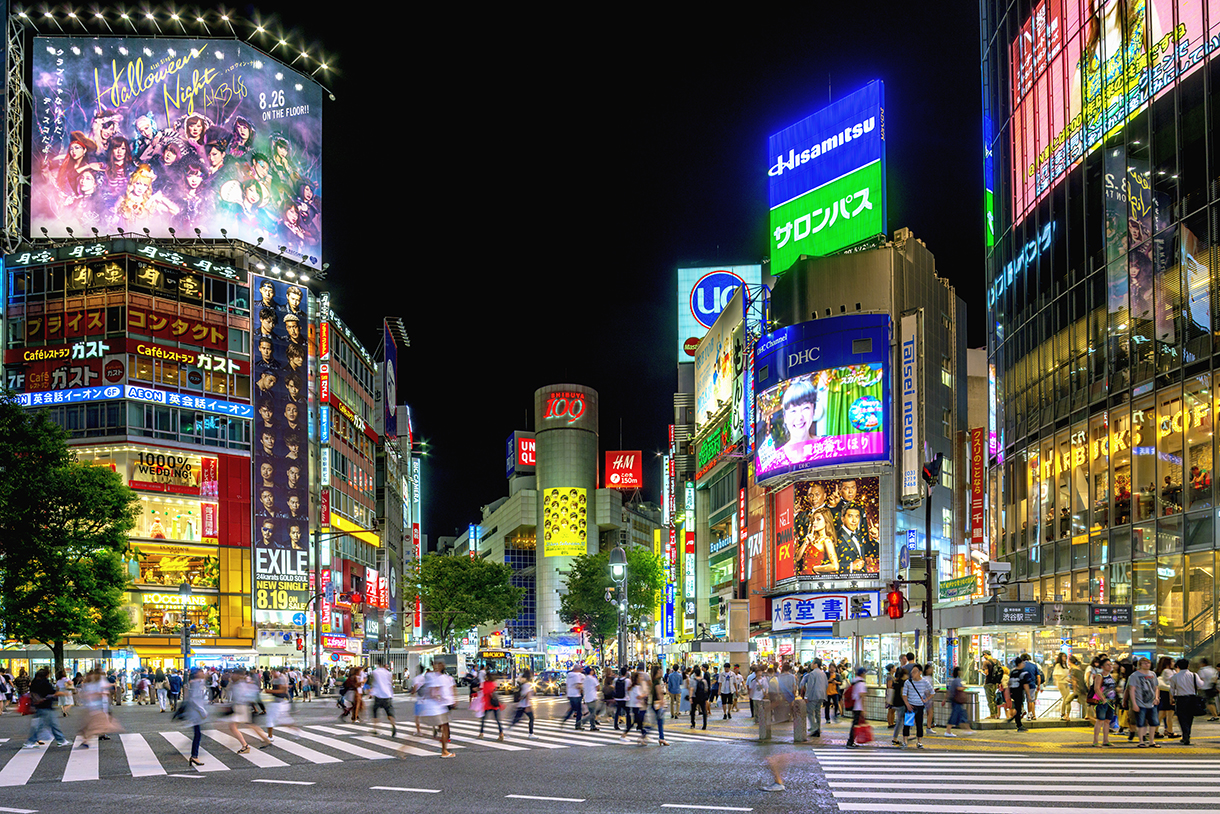
Hidden Tokyo
Tokyo pulses with neon and is home to more than 13 million people. It may seem like a fathomlessly massive urban sprawl, but it is made up of distinct neighborhoods—many with shady streets, little-visited temples, and tiny neighborhood restaurants. First-time visitors should experience the famous Shibuya Crossing; views of the city and, on a clear day, of Mount Fuji from Tokyo Skytree (the world’s tallest tower); cherry blossoms in the Imperial Palace Gardens; and then the real Tokyo—artisan-owned boutiques, tucked-away bars, and pocket-sized sweet shops. Travel to Japan may be on pause for now, but as the world continues to open up, take pleasure in planning your next trip to Tokyo in the cooler, less-crowded seasons.
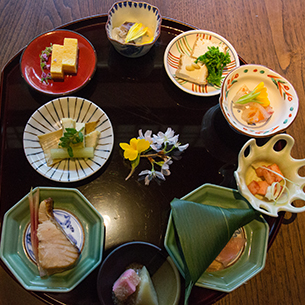
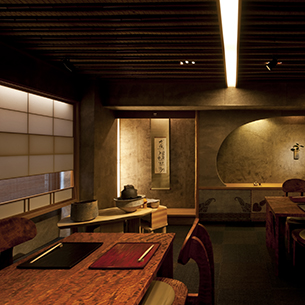
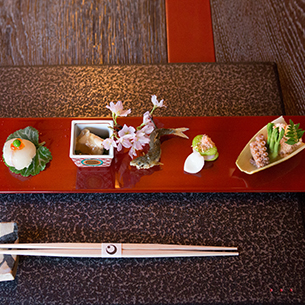
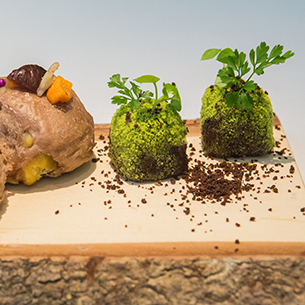
Neighborhood Eateries
In 2021, Tokyo has 212 Michelin-starred restaurants and, despite a difficult 2020, remains the most starred city in the world. In addition, Michelin has awarded stars to six Tokyo restaurants in its newest category—Michelin Green Star—recognizing sustainable gastronomy.
Azumaya is a small-scale, one-Michelin-star place that has two seatings—lunch (noon) and dinner (6 pm). The chef’s culinary philosophy and ever changing menus are based on the Zen of the Japanese idiom ichi-go ichi-e, which loosely translates as: “we’ll have this moment forever but never again.”
A pioneer of nature-centric cuisine, Yoshihiro Narisawa creates miniature, edible landscapes (each reflecting the micro-season and accompanied by a poem) in his gorgeously spare eponymous restaurant. Two Michelin stars. Books a month in advance.
Regulars come to eight-seat Sushi Fujimori for the classic sushi omakase (chef’s choice) menu. Prepared by owner-chef couple Yashuhiro and Noriko Fujimori, the dishes alternate between fresh, fast-paced sushi courses and seasonal small plates. Reservations via pocket-concierge.jp
Begin the day at the 400-year-old Tsukiji Hongwanji temple. After early morning service, the café on the grounds serves a beautifully presented 18-dish vegetarian breakfast. tsukijihongwanji.jp
Sit at the six-seat counter in three-Michelin star Kadowaki to watch owner-chef Toshiya Kadowaki prepare a stunning-to-look-at kaiseki meal. Intoxicating black-truffle rice, crab chawanmushi with foie gras sauce, wagyu shabu shabu…that kind of thing. azabukadowaki.com
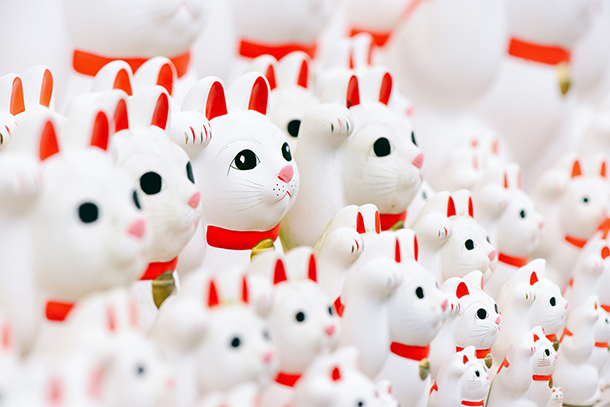
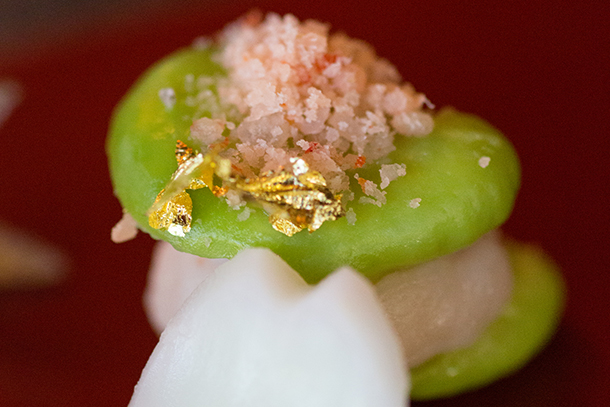
Seasonal Sweets
Wagashi are traditional Japanese sweets—bite-sized indulgences—whose shapes and tastes closely reflect the seasons. They are available everywhere—even beautifully packaged to grab before boarding the train at Tokyo Station. Stop by Kuriyakashi Kurogi (on the campus of The University of Tokyo) for made-to-order artisan wagashi. wagashi-kurogi.co.jp Make your own in the studio of Tokyo-based wagashi artist, Shiwon. shiwon.
Located next to Gotokujj Temple (known as the Cat Temple and spiritual home of Japan’s famous good-luck cat), Mahorodo Sougetsu serves dorayaki (bean-jam pancakes) imprinted with the face of a cat and a large selection of green tea, including matcha and hojicha. mahorodou-sougetsu.com
Tucked away in the quiet, riverside Meguro neighborhood, Yakumo Saryo serves elegant kaiseki lunches and dinners, but locals also visit the 14-seat garden teahouse (a neighborhood bar by night). yakumosaryo.jp
Milky soft white bread is all the rage in Japan right now. Eager fans line up outside Neko Neko Shokupan an hour before opening just to get one of its coveted shokupan loaves. The adorable cat-shaped version is just so appealing. nekoshoku.jp
Number Sugar in Omotesando is a wildly popular small-batch caramel factory store. Expect flavors like ginger, green tea, salt, rum raisin, and coffee. numbersugar.jp
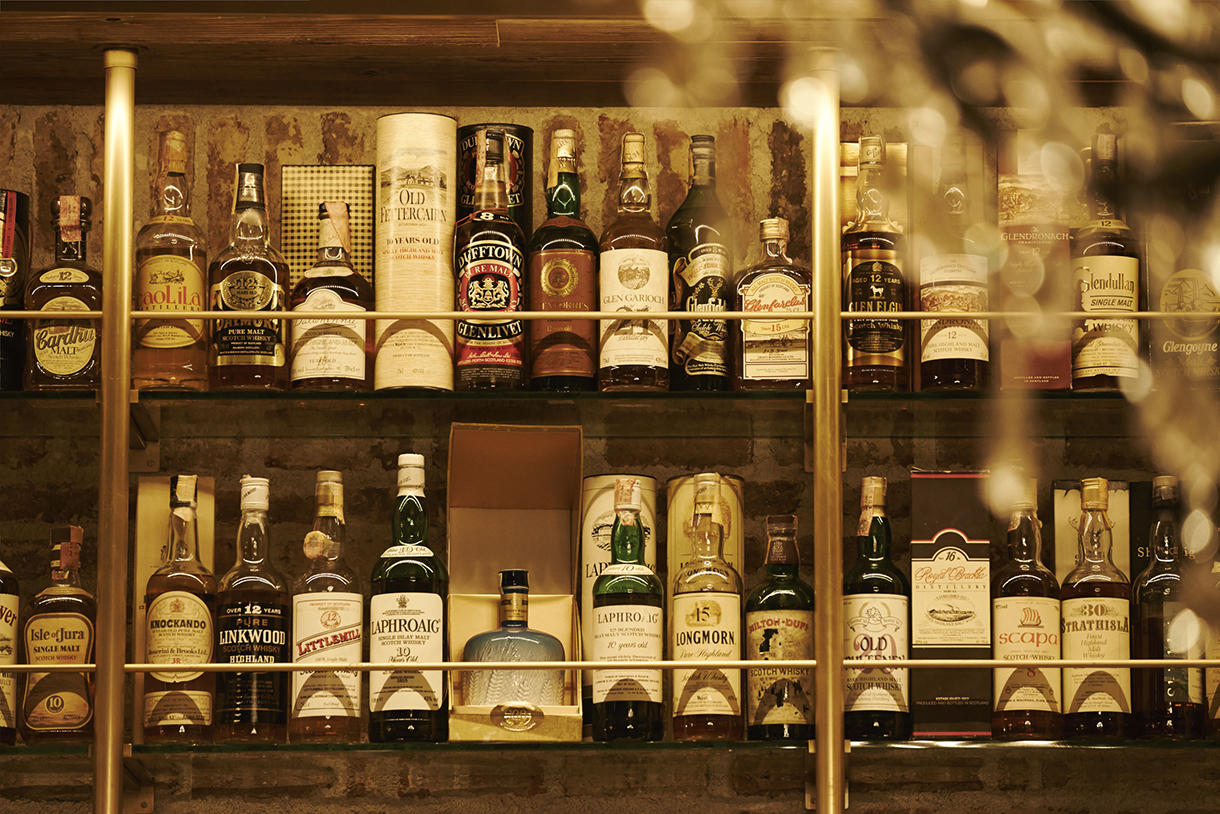
Whisky, Wine, and Sake
Tokyo has more than 16,000 bars, most of them tiny. In one maze of pint-sized bars in Shibuya’s Nonbei Yokocho (loosely translated as drunkard alley), Bar Piano is concealed behind an ornately carved wooden door and up a near-vertical staircase. Cocktails served in vintage crystal. Open until 3 am. 1-25-10 Shibuya Nombei Yokocho
Subterranean Little Smith is hidden in the depths of Ginza. Elegant bartenders in black ties and suits serve classic martinis and of-the-moment cocktails. Find a seat among 15 George Nakashima–designed chairs and a single bar counter. littlesmith.net
Award-winning mixologist Gen Yamamoto (shaved head, black tie, white jacket) offers an uber-seasonal tasting menu of four, six, or seven drinks in an intimate, eight-seat bar that bears his name. genyamamoto.jp
Bar High Five is a standout among the dozens of bitsy old-school gems in Ginza. Maestro Hidetsugu Ueno’s Singapore Slings and classic dry martinis are legendary. barhighfive.com
More than 1,000 bottles of whisky (including some rare Suntory and Hakushu single malts) line the walls of Tokyo Whisky Library, a not-easy-to-find nook in Omotesando Reservations recommended. tokyo-whisky-library.com
Bar Tram, a dimly lit den of red velvet in Shibuya that’s straight out of Toulouse-Lautrec’s Paris, serves divine, absinthe-imbued drinks. small-axe.net
A favorite of cocktail connoisseurs since the ’70s, the non-smoking (unusual in Tokyo) Bar Radio is on a quiet side street in Aoyama. Bartender Koji Ozaki (who’s been in the business for four decades) creates seasonal cocktails and pours exceptional whiskies. bar-radio.com
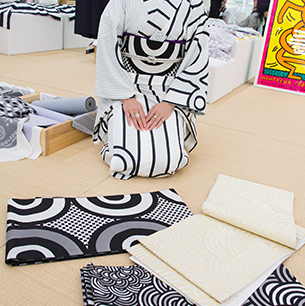
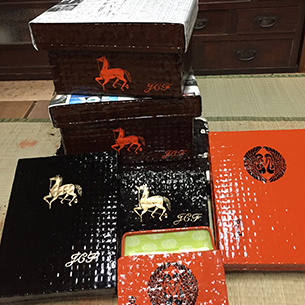
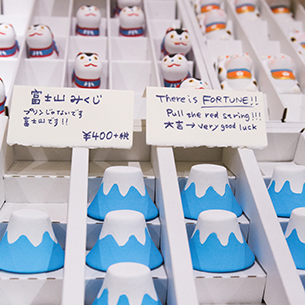
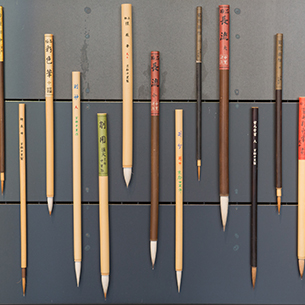
Top Shops
Vintage clothing lovers make a beeline to Laila for retro Hermès, Chanel, Dior, and Yves Saint Laurent. laila.jp
Itoya, a 100-year-old stationery store in Ginza, manages to hide in plain sight. A paper concierge helps you choose from a massively impressive stock of paper and made-to-order ink. ito-ya.co.jp
Traditional kimono shops abound in Tokyo, but for something completely different, make an appointment with textile designer Hiroko Takahashi, who creates classic kimonos using her eye-popping modernist fabrics. takahashihiroko.jp
Shop for beautiful blades—from petite paring knives to mighty cleavers—at fourth-generation knife maker Kamata. Have your initials engraved on the blade. kap-kam.com
Iwai Tsuzuraten is the only shop left in Tokyo that still hand makes the bamboo-and-lacquer tsuzura baskets traditionally used to store kimonos and now popular with interior designers. tsudura.com
Don’t miss the depachikas, the epicurean basement of every department store in Tokyo. A concierge will help you choose a bento-box lunch. Some department stores have a rooftop picnic area. For gift giving, choose among meticulously displayed peaches, tennis ball-sized strawberries, and pricey Densuke watermelons.
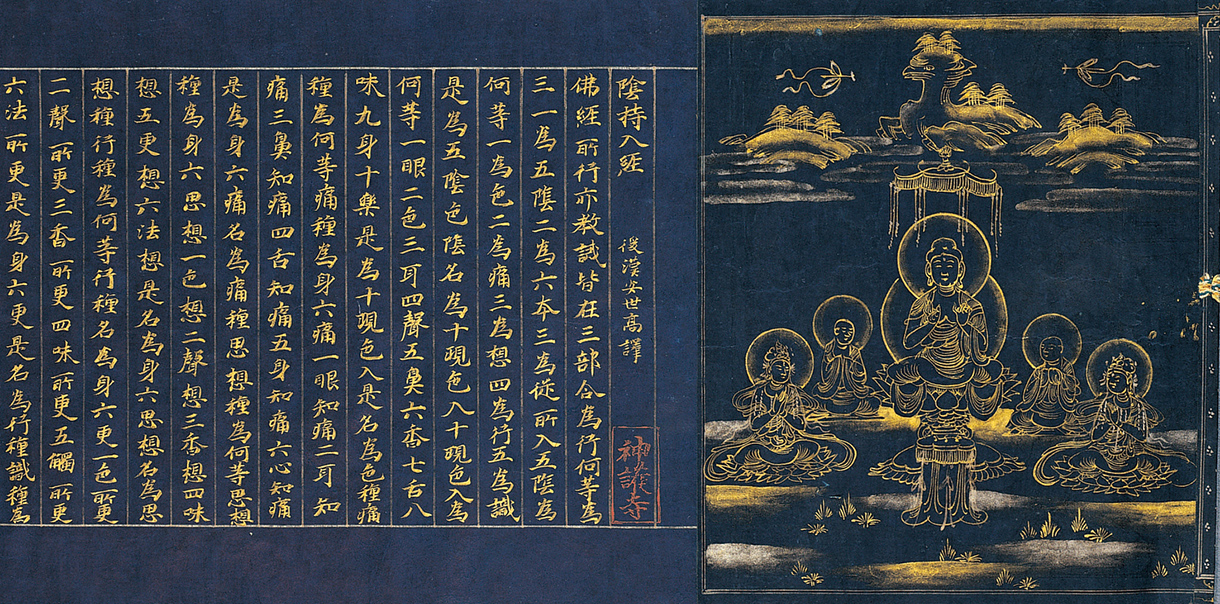
Little Museums
The Artizon Museum showcases just-off-the-easel contemporary art alongside a large collection of Asian antiquities, plus a nice selection of postwar works by Jackson Pollock, sculptor Constantin Brâncuşi, and Alexander Archipenko that have never traveled. artizon.museum
Famed woodblock printmaker Katsushika Hokusai’s work is featured at the futuristic Sumida Hokusai Museum, designed by Pritzker-Prize-winner Sejima Kazuyo. Hokusai (1760–1849) is best known for his print “Under the Wave off Kanagawa.” hokusai-museum.jp
TeamLab Borderless Museum (an interactive digital space) encourages visitors to wander among cascading waterfalls, seas of flower petals, shoals of fish, and roaming animals.
borderless.teamlab.art On a side street not far from the retail rush of Omotesando, the Nezu Museum is an oasis of calm. Designed by cult architect Kengo Kuma, the museum showcases the stellar collection of pre-modern Asian art of pre-war industrialist Nezu Kaichiro. Wander along perfectly raked pathways in the serene gardens. Stop at the small modernist café for a green tea latte. nezu-muse.or.jp
Roppongi is emerging as a mega art-and-design hub. 21_21 Design Sight (2121designsight.jp), the brainchild of fashion designer Issey Miyake, is located in an abstract, concrete Tadao Ando–designed building in back of Tokyo MidTown shopping complex. Combine a visit with a trip to other arts venues in the area. Mori Art Museum (mori.art.museum) for cutting-edge contemporary; Suntory Museum of Art (suntory.com) for Japanese history and culture; The National Art Center, Tokyo (nact.jp) for fashion, manga, and traveling exhibitions from all over the world.
Hara Museum of Contemporary Art, in a grand modernist residence that feels as if it were still someone’s art-filled home—with a sculpture museum in the backyard. haramuseum.or.jp

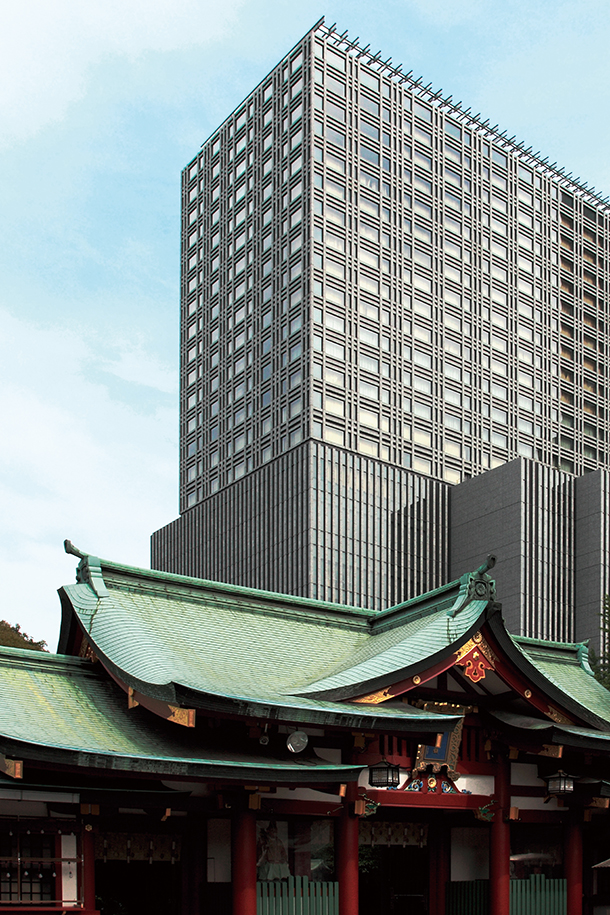
Hotel Stays
All of the legacy hotel brands—Aman, Mandarin Oriental, Four Seasons, Park Hyatt, Andaz, The Ritz-Carlton, Peninsula—have staggeringly beautiful five-star hotels in Tokyo. For an authentic experience, stay at the Hoshinoya Tokyo (hoshinoya.com), a traditional ryokan—housed in an 18-story mid-town skyscraper. Scene stealer: the 17th-floor onsen baths with water piped in from hot springs nearly a mile below the hotel. Also traditional: Kengo Kuma–designed The Capital Hotel Tokyu is a luxurious take on a classic Japanese home—swathes of light wood, sliding screen partitions, calligraphic artworks, and washi-paper lanterns by the beds. Walls of windows offer stunning city views—especially at night. tokyuhotels.co.jp
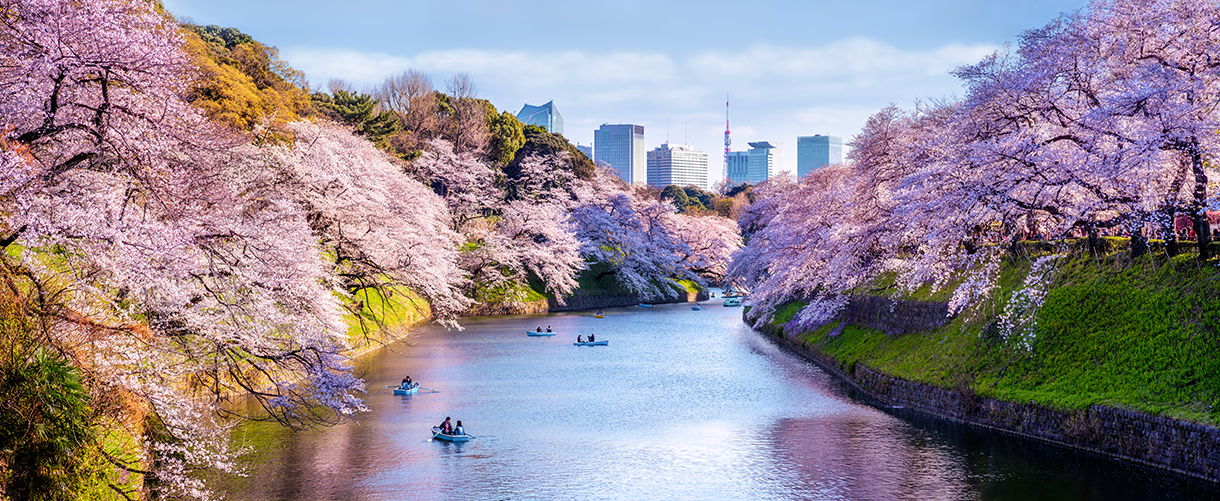
Expert Advice
Outside of the big department stores and hotels, not a lot of English is spoken—even in Tokyo. Most websites are only in Japanese. Here are some experts who can help you plan your itinerary.
Marian Goldberg, a former public relations manager for the country of Japan, has pivoted to life as a travel planner for business and leisure clients. goldbergontravel.com
Former travel editor at the San Francisco Chronicle and GeoEx Japan expert Don George. don-george.com
Well-connected, Tokyo-based concierge and fixer to high-dollar travelers, Chie Maeda at Tokyo Luxey. tokyoluxey.com




